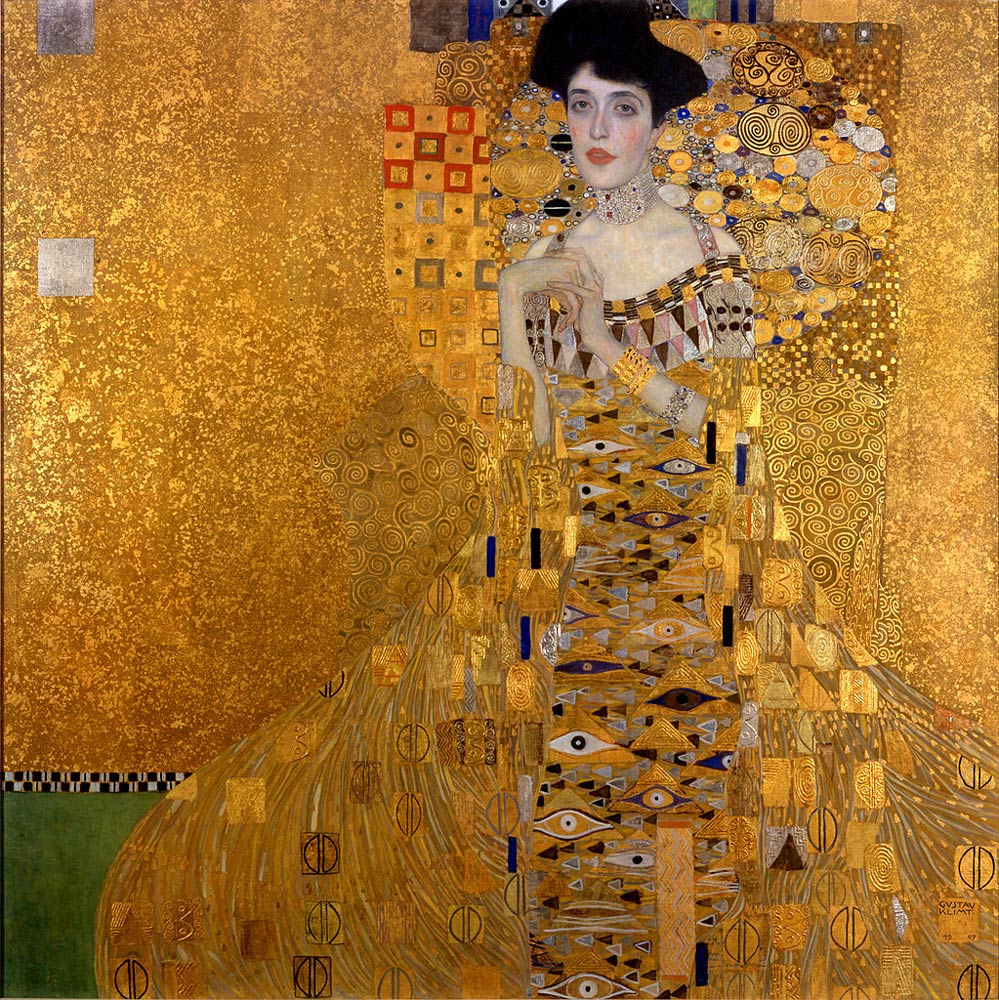Lamentation over the Dead Christ
7:00 AM
 |
| Giotto, Lamentation over the Dead Christ, 1305 |
When all the people who had gathered to witness this sight saw what took place, they beat their breasts and went away. Luke 23:48
Much has already been said about Giotto's Lamentation. The emotion coursing through the painting is overwhelming. The angels are spectacular. The tree on the top of the rocky cleft is barren, but promises new leaves come springtime, foreshadowing Christ's resurrection. There is not just one woman named Mary present, but three. John and Joseph of Arimathea look on. The two huddled figures create depth. But textually, Giotto didn't have much to draw from. Surprisingly, neither Matthew, Mark, John, nor Luke go into much detail about the immediate aftermath of the crucifixion.
Besides a Jewish temple being ripped in two and an earthquake heralding a zombie apocalypse where the dead rose from their graves and "went into the holy city and appeared to many people" (Matthew 27:53), no one gives a detailed account of the mourning over Christ. In fact, according to John, Mary wasn't even there. Just after the soldiers crucified Jesus and shared his clothing among themselves, Jesus asked John to take Mary away and "from that time on, this disciple took her into his home" (John 19:27). Add that to Luke's terse description above, and Giotto's scene seems less and less probable.
I was looking forward to experiencing the emotion of Lamentation in the Bible as well as in Giotto's fantastic fresco, but after reading through four different accounts of the crucifixion, I was a little let down. However, in a last ditch effort to understand Giotto's fresco through verse, I stumbled upon a homily given by the late Pope John Paul II at the Colosseum of Rome on Good Friday in 2003.
It, frankly, blew my mind. Pope John Paul II not only captured Mary's anguish over her dead son, he did so by tying six different chapters and verses together into one coherent argument. He meditated, "In the mystery of the Redemption, grace - the gift of God himself - is interwoven with a 'price' paid by the human heart. In this mystery we are enriched by a gift from on high (Jas 1:17), and at the same time 'bought' by the ransom paid by the Son of God (cf. 1 Cor 6:20; 7:23; Acts 20:28). And Mary, who more than anyone was enriched by gifts, pays all the more. With her heart. Inseparable from this mystery is the extraordinary promise spoken of by Simeon during the Presentation of Jesus in the Temple: 'And a sword will pierce through your heart, so that the thoughts of many hearts may be revealed' (Luke 2:35). This promise has also been fulfilled. How many human hearts bleed for the heart of this Mother who has paid so dearly!...Pietà."











0 comments